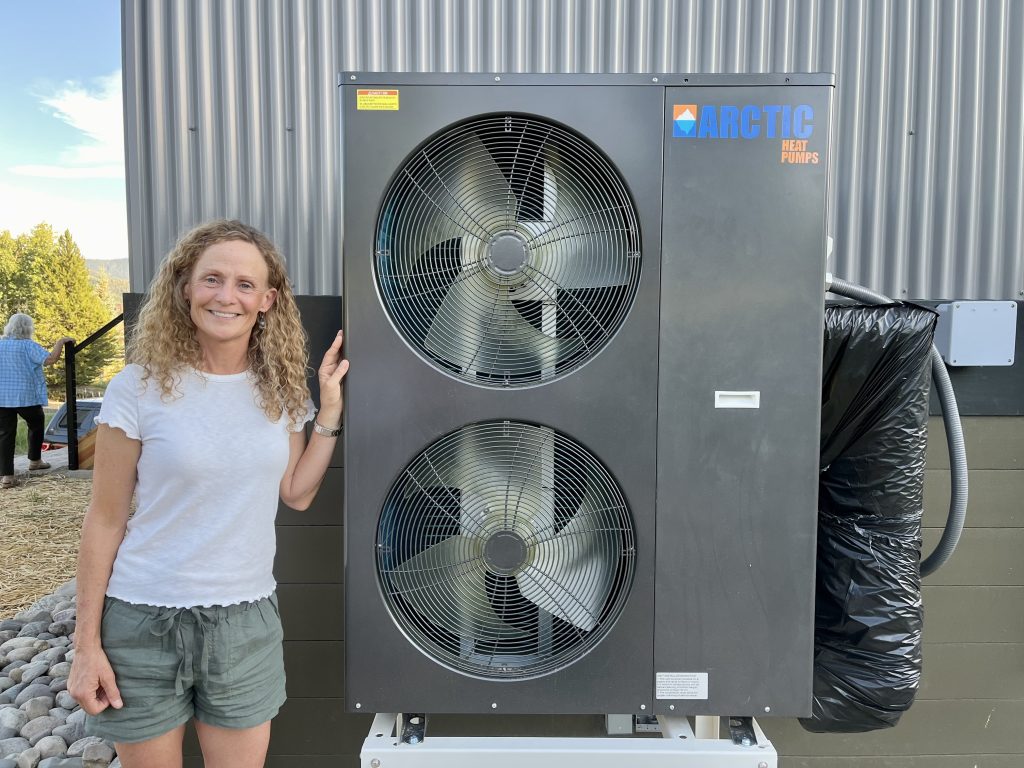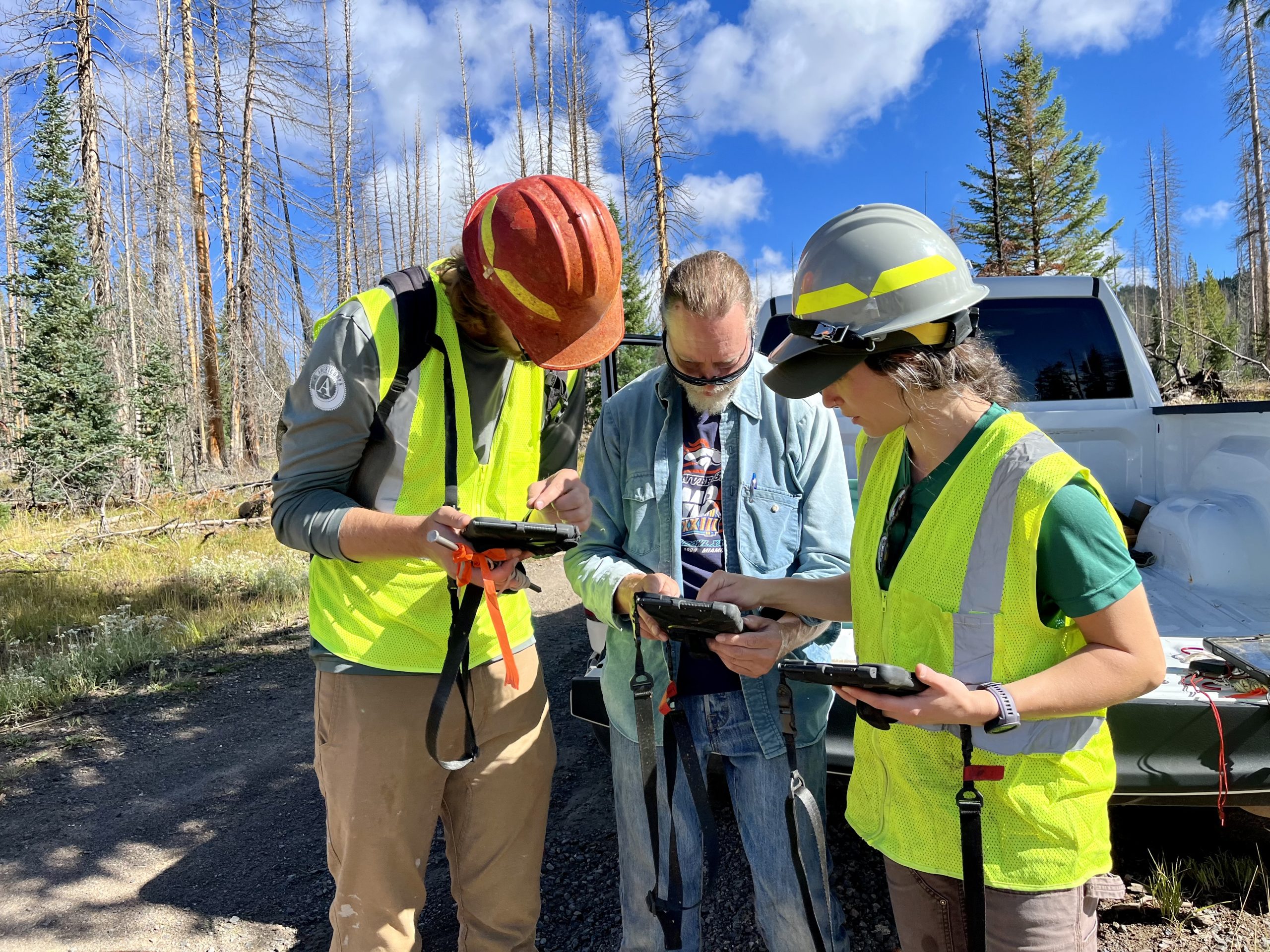 My name is Chase Podurgiel and I am the Energy and Transportation Intern with Yampa Valley Sustainability Council (YVSC) this summer. I will be a senior this upcoming year at the University of Wisconsin-Madison studying Mechanical Engineering. My project with YVSC involved working on the energy-themed Routt County Climate Action Plan (CAP) Collaborative recommendations, which include determining the ideal buildings for electrification retrofits and building a strategic plan to reach the CAP’s 2050 greenhouse gas emissions goals.
My name is Chase Podurgiel and I am the Energy and Transportation Intern with Yampa Valley Sustainability Council (YVSC) this summer. I will be a senior this upcoming year at the University of Wisconsin-Madison studying Mechanical Engineering. My project with YVSC involved working on the energy-themed Routt County Climate Action Plan (CAP) Collaborative recommendations, which include determining the ideal buildings for electrification retrofits and building a strategic plan to reach the CAP’s 2050 greenhouse gas emissions goals.
Electrification is the process of replacing systems that use fossil fuels with systems that run on supplied electricity. Electrification is a crucial factor in achieving the desired 74% emission reductions outlined in the CAP. One significant benefit of electrification is the use of renewable sources to produce electricity, which results in zero-emission energy.

When a heating system runs on natural gas, it becomes less efficient and eventually ceases to function over time. When that happens, building owners are faced with an environmentally important question: “Do I replace my heating system with an electric heat pump? Or continue with my consumption of fossil fuels?” This is where beneficial electrification comes in. The decision of how to power your home has significant impacts on local carbon emissions and climate change. I urge you to research your options and their long-term environmental implications.
In 2018, emissions from commercial and residential buildings accounted for 54% of total greenhouse gas emissions across Routt County, according to the Climate Action Plan. Many of the calculated emissions stem from buildings using natural gas or alternative fossil fuels for heating. Natural gas, primarily composed of methane (CH4 ), is a potent greenhouse gas. When methane is burned to create heat for buildings, the chemical reaction releases carbon dioxide (CO2) and water. This carbon dioxide escapes into the atmosphere, contributing to the collection of greenhouse gas molecules.
“Electrifying is a key strategy in significantly reducing greenhouse gas emissions; moreover, it is an essential part of our efforts to combat climate change and of our path toward a sustainable future.”
An ideal electric grid in Routt County would be fueled by a diverse set of renewable energy sources like wind, solar, and hydroelectric. As a result, the electric heating systems would become far cleaner than natural gas heating systems. Furthermore, many electric heating technologies — like heat pumps — can reach up to 400% efficiency, drastically saving homeowners energy costs.
Heat pumps operate by moving heat from one place to another. Heat pumps can be used for both heating and cooling purposes, making them very versatile. When a building is cold and needs heat, the system takes energy from the outside air or ground and transfers it into the building. For cooling, a heat pump can reverse the process of heating, drawing the hot air out of a building and bringing cold air in. You can learn more about the different types of heat pumps from this article at Energy.gov.
If you are curious about your building or home’s heating efficiency, check out YVSC’s commercial and residential energy assessments. The assessment consists of many tests, including interior and exterior inspections, identifying ways to save energy, reduce utility bills, and improve the comfort of your home. Along with an energy assessment, check out Rewiring America if you are interested in converting your heating and cooling to an energy-efficient heat pump. Their website includes a wealth of information on heat pumps, incentives, renewable energy, and more! Electrifying is a key strategy in significantly reducing greenhouse gas emissions; moreover, it is an essential part of our efforts to combat climate change and of our path toward a sustainable future.
Chase Podurgiel | 1 August 2024






